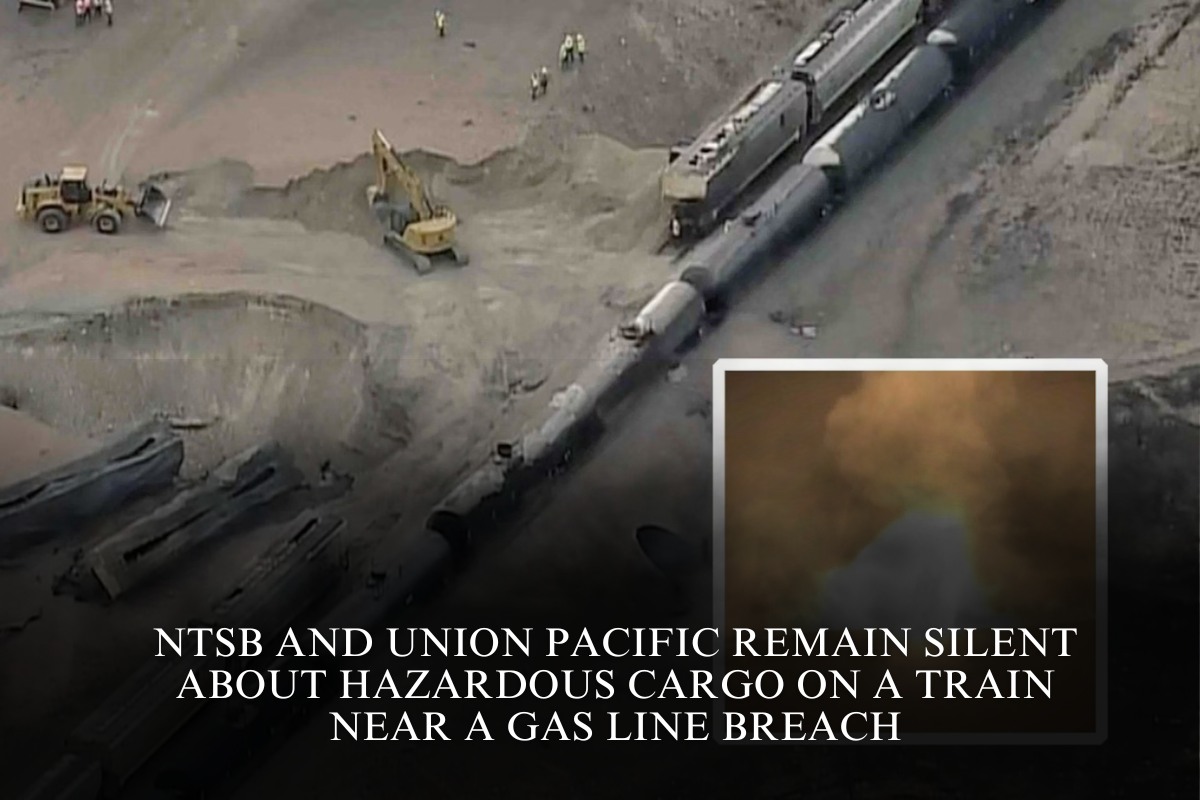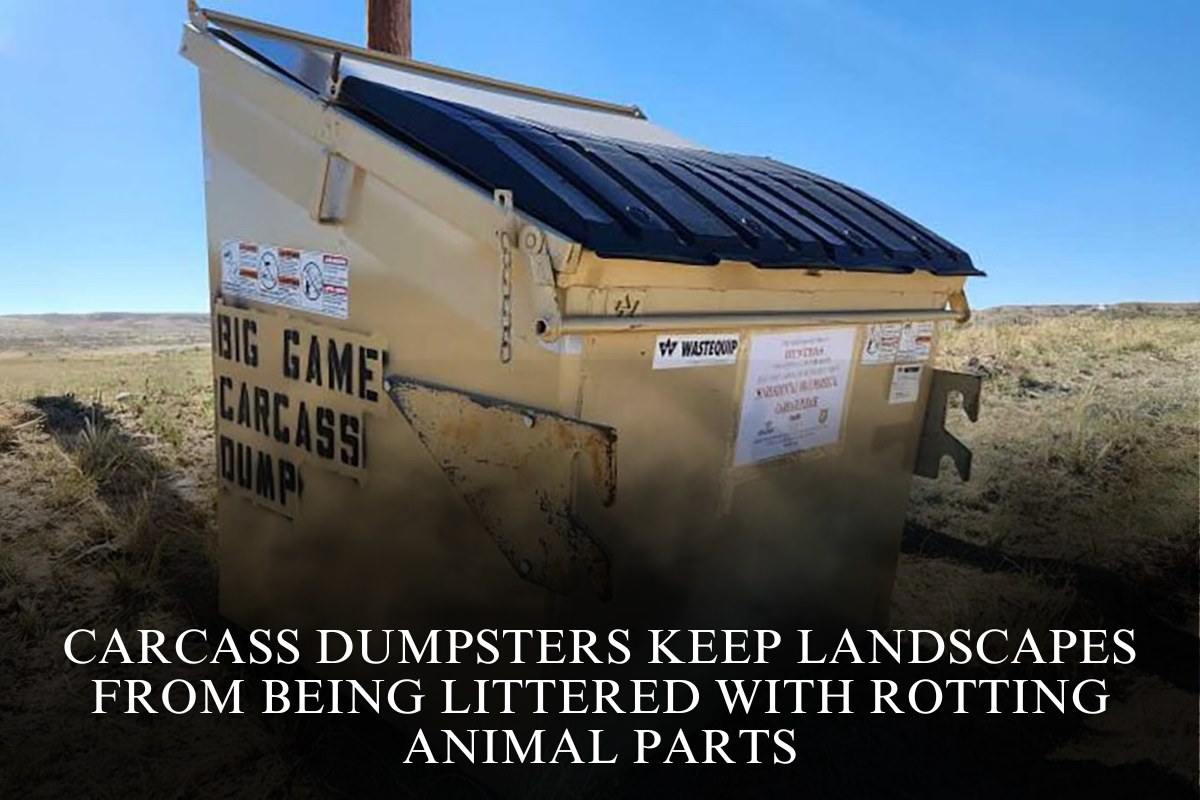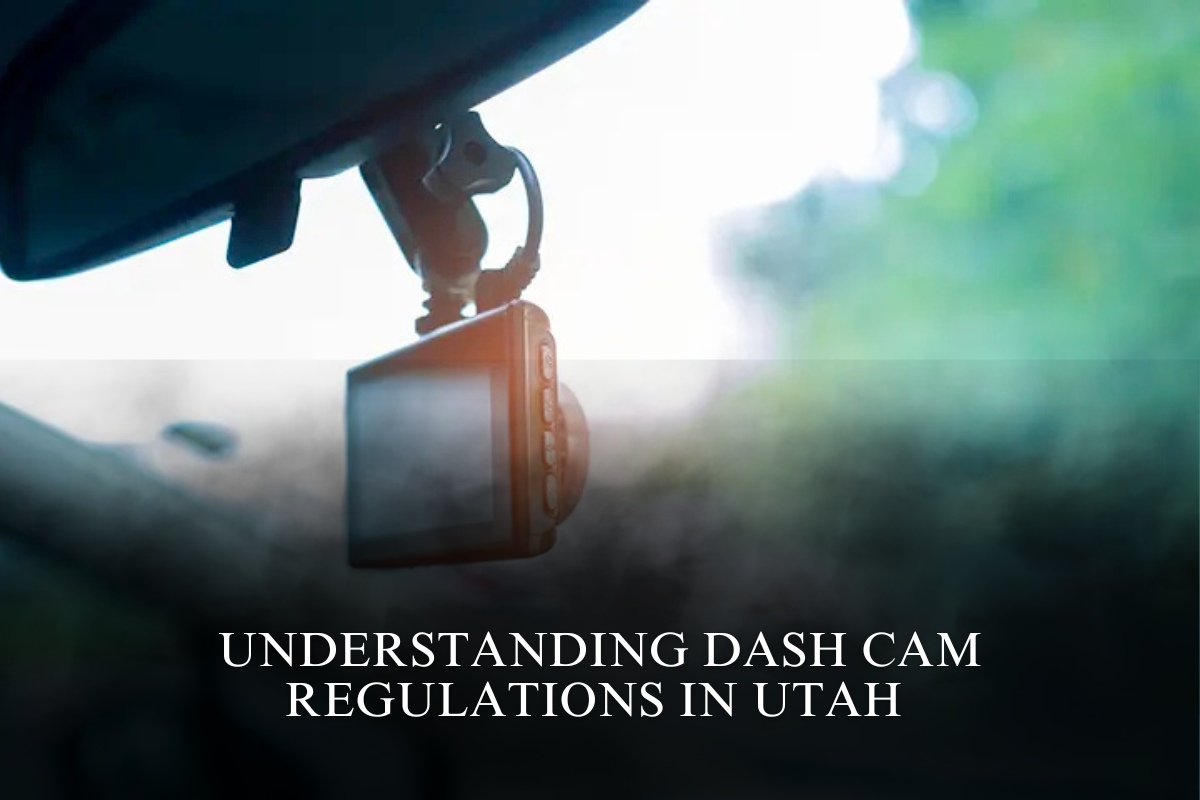According to a federal official, preliminary findings on a spectacular natural gas line breach early Sunday west of Cheyenne, which sent a fireball into the morning sky and damaged a train carrying hazardous materials, may not be available for another 30 days.
An investigation into the cause of the ruptured Kinder Morgan pipeline that impacted several Union Pacific railcars shortly after 1 a.m. near mile marker 350 on Interstate 80 is in its early stages, according to Keith Holloway, a spokesperson for the National Transportation Safety Board, in an email to the Cowboy State Daily on Wednesday.
“During the on-scene phase of the investigative process, the NTSB does not determine or speculate about the cause of the accident,” Holloway told reporters.
Federal regulators collect perishable evidence and information, but do not determine or speculate on the cause of the accident.
The NTSB is still investigating what was transported in the railcars, which, according to Laramie County Fire District 10 officials, included hazardous materials. No information has been made public.
“The ruptured pipeline ignited in close proximity to rail cars carrying hazardous materials, placing responders and the surrounding area at heightened risk,” the district’s report said.
Cowboy State Daily’s inquiry about the train’s cargo was not responded to by Union Pacific spokesperson Mike Jaixen on Wednesday.
Jaixen previously stated that due to the pipeline fire, the train came to a stop about 40 feet away from the tracks and did not derail. The Associated Press and Denver7 News reported that aerial images of the scene show cars on the train heavily damaged or charred.
Kinder Morgan officials did not respond to a request for comment on the pipeline damage and the resulting massive fireball visible from 60 miles away.
Track repairs were completed, and rail service resumed early Monday morning.
The probable cause of the accident, as well as any contributing factors, will be detailed in the final investigation report, which is expected to be completed within 12-24 months, Holloway stated.
The investigation will examine potential human factors contributing to the mishap, evaluate the pipeline system, the operating environment, and collect a variety of documents and records, including:
• Performance data relevant to the accident and response.
• Training records.
• Witness statements.
• Pipeline operating practices, procedures, maps, along with maintenance and historical records.
• Weather conditions at the time of the incident.












